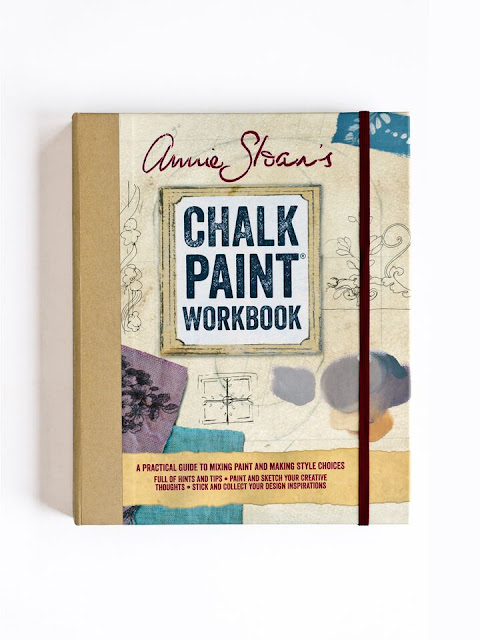We’ve got a room here at HQ that we use as a studio, workspace and course room. It’s where I play around with ideas, create new pieces and explore techniques. It’s also where I hold training sessions for my Stockists (all my Stockists are trained as paint and colour experts). There’s a small room leading off this space where I’ve had an old roll top bath plumbed in – this is where we dye fabric with my paint! It’s a practical room, but there’s no reason why it shouldn’t also be beautiful.
In my book Colour Recipes for Painted Furniture and More, I describe how I transformed the white enamel bath in my Normandy home by adding a resplendent copper leaf to the outside. I decided to do the same with our rather dilapidated old bath here in Oxford.
I’ve gone for a recreation – or perhaps an exaggeration! – of natural copper by applying it over a base of my colour Florence. If you like this idea, play around with it and make it your own. You could try this with silver leaf – perhaps over Emperor’s Silk, or gold with Aubusson Blue.
The soft, warmer tones in copper and rose gold are popular at the moment, and the natural progression of copper is to form verdigris. The pinkish-orange of copper and the pale green of a true verdigris patina form opposites on the colour wheel, a complementary colour scheme. I used Chalk Paint™ in Florence to paint the base of the bath. I then brushed it with my Gold Size and, when the size was completely clear, applied my copper leaf over it (crumple the leaf in your hands before putting it over the size to make sure the look isn’t too uniform). I let small gaps and cracks appear in the leaf so that a sublime flash of Florence green would peek through.
Once the whole thing had dried, I applied my Clear Soft Wax all over to give it some protection – this flattens everything out, giving a smooth finish. Next to the bath, a series of tiles provide a patchwork splash back (these beautiful Welbec tiles come from my Stockist Rock Pool in Cornwall, UK. I sent her several old postcards and letters to make the tile designs!).
Behind it, I painted the wall with Chalk Paint™ in Emperor’s Silk. I’ve stencilled the whole thing with two different designs (my Arctic Poppy and Petrushka stencils) to create a wallpaper effect.
The bath is so small it has to stand on a base to be practical as mixing heavy swathes of fabric can be pretty back-breaking. However, by painting it in Olive, a cooling green next to the bright red walls, the whole effect is rather grand and certainly pleasing.























